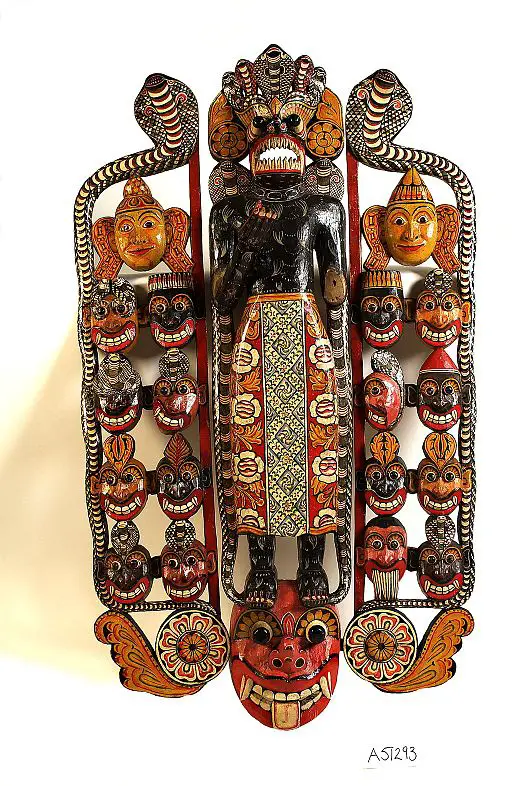Ancient India has a tradition of spiritual practices, and exorcism
Also called bhūt bādhana in Hindi, is a part of that
- Ancient Texts: Epics like the Mahabharata and Ramayana mention spirit possession. The Atharvaveda, a collection of ancient hymns, includes mantras believed to be effective against evil spirits.
- Temple Traditions: Certain temples in India are known for exorcism practices. These rituals might involve chanting mantras, offerings to deities, and using sacred substances like fire and holy water.
- Focus on Appeasement: The belief is that often the possessing entity is a restless spirit or a vengeful being. Specific rituals aim to appease the spirit and guide it towards peace, rather than just forcing it out.
- Folklore and Variations: Across India, there are variations in how this is practiced. Local folk traditions might involve consultation with spirit mediums or shamans.
Here are some resources if you’d like to delve deeper:
What Science says about “Exorcism”?
Science doesn’t directly address the existence of demons or spirits, which are the core belief behind exorcism. However, science can offer explanations for the behaviors sometimes attributed to demonic possession.
- Mental Illness: Many behaviors associated with possession, like uncontrollable screaming, unusual strength, or speaking in tongues, can be symptoms of mental health conditions like schizophrenia, dissociative disorders, or epilepsy.
- Power of Suggestion: The belief in possession and some rituals can have a powerful psychological effect. Placebo effects and the expectation of a change in behavior can lead to real improvements in the person’s condition.
- Social and Cultural Factors: In some cultures, possession serves as an explanation for misfortune or unusual behavior. specific rituals can provide a sense of control and community support in such situations.
Overall, science focuses on understanding the underlying causes of the behaviors rather than the existence of possessing entities. If you’re interested in learning more, here are some relevant areas of scientific inquiry:
- Psychology: Studies mental health conditions and their symptoms.
- Neurology: Explores how the brain functions and how it can produce unusual behaviors.
- Anthropology: Examines the cultural context of beliefs about possession and exorcism.
Image credit
See page for author, CC BY 4.0, via Wikimedia Commons

